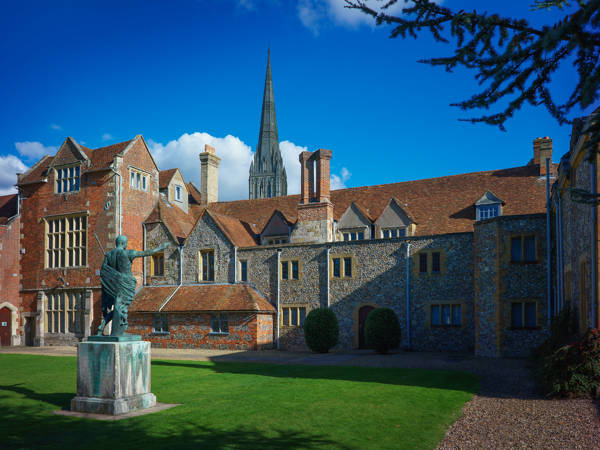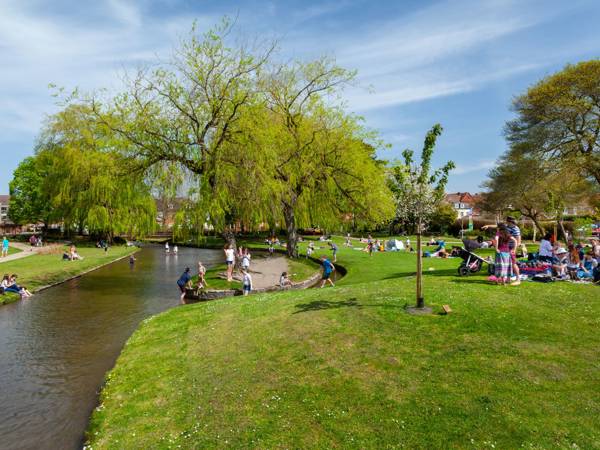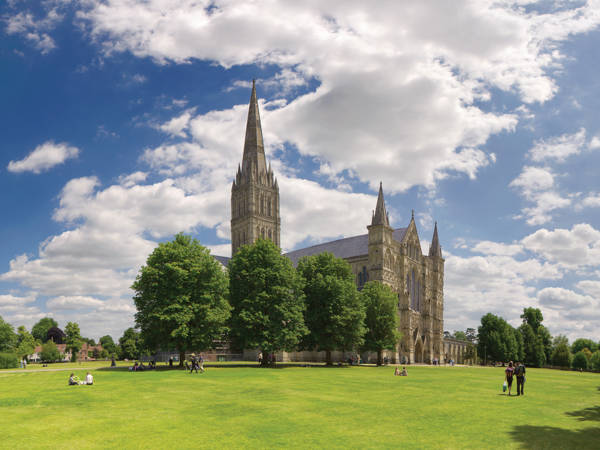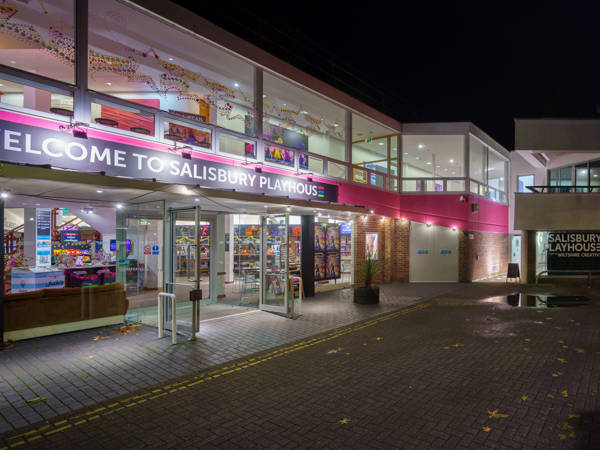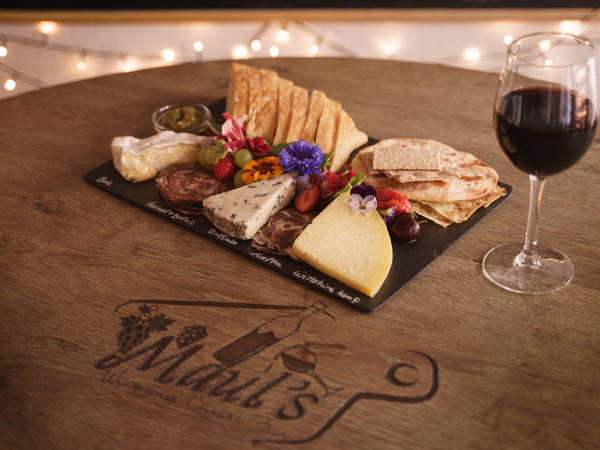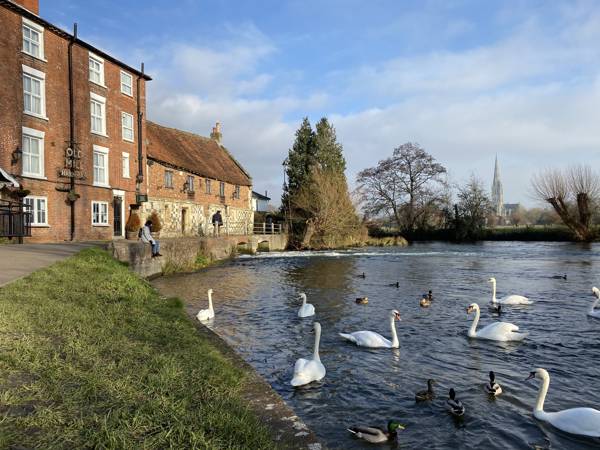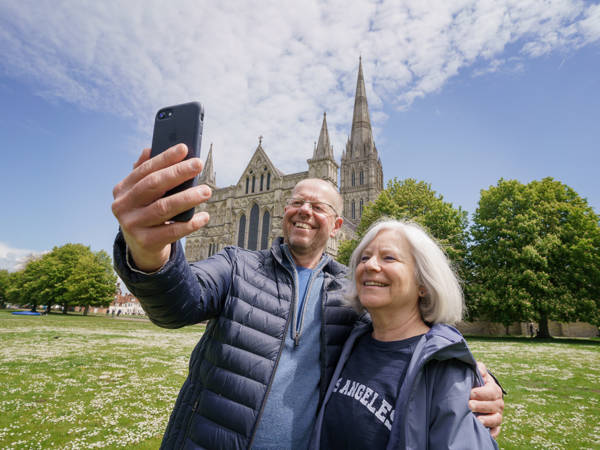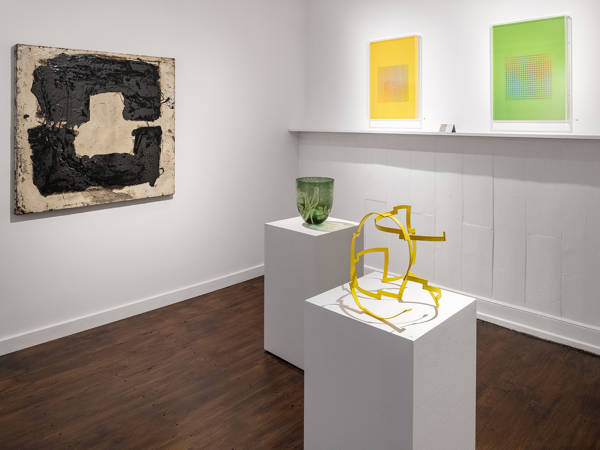A traditional original city
This is Salisbury. A traditional original city.
Our medieval origins are visible to everyone who walks through our streets. Salisbury’s roots are deep. It stands tall through the ages. Share in the captivating beauty and discover our timeless original.
The story began 800 years ago...
The original site for the city can be found just north of what we know as Salisbury today, at Old Sarum. Some 2,500 years ago Old Sarum was an Iron Age hill fort, reused by the Romans, Saxons and Normans. The remains are still an attraction today.
In the Middle Ages tensions at Old Sarum began to rise between the church and army so the decision was made to relocate the city and a new cathedral – the one we see towering protectively over Salisbury today - was founded around two miles south.
Legend has it the new site was chosen by an archer who was told to shoot his arrow from Old Sarum and wherever it fell would be the new location, but the arrow hit a deer and the animal ran off before lying down to die where the cathedral is now built.
1220 was the year in which work started and New Sarum grew up along with it. The central parts of the city were developed around a very distinct layout, based on a medieval grid pattern. Each block of buildings bounded by four streets is known as a Chequer, and there are twenty of these with historic names, like Blue Boar Row, which was the home of the Blue Boar Chequer. Many of the names came from local inns that were found there.
To this day you can still see many of the original medieval buildings with some even thought to pre-date the cathedral. St Thomas’ church is one such place, which it is thought was built as a place of worship for stonemasons and builders working on the cathedral. The church contains the UK’s largest and best-preserved medieval Doom painting. Painted around 1470, this type of wall painting was common in English churches at the time and depicted the Last Judgement.
In 1227, as New Sarum was growing, the market was given an official charter. It became an important area for local traders, especially after the medieval period drew to a close. The Charter Market still runs in the Market Place each Tuesday and Saturday to this day.
Over the next 800 years the city grew into the Salisbury we know and love today.
Today Salisbury is a traditional original city...
Salisbury has become a modern medieval city where innovation meets tradition. You can discover more about the colourful history of Salisbury at Salisbury Museum in the Cathedral Close. They have art, ceramics and costumes that bring the city’s history to life.
Or take a guided walk around the city for an in-depth description of how the Salisbury we see today grew from the surrounding water meadows.
Salisbury Cathedral now houses the best-preserved Magna Carta, the world’s oldest clock and stained-glass windows from across the centuries. To make the most of Salisbury Cathedral and the surrounding Close opt for a guided tour run by the cathedral. Head to the roof for stunning panoramic views.
Then top off your day of discovery with a stay in one of Salisbury’s welcoming hotels or Bed & Breakfasts.



